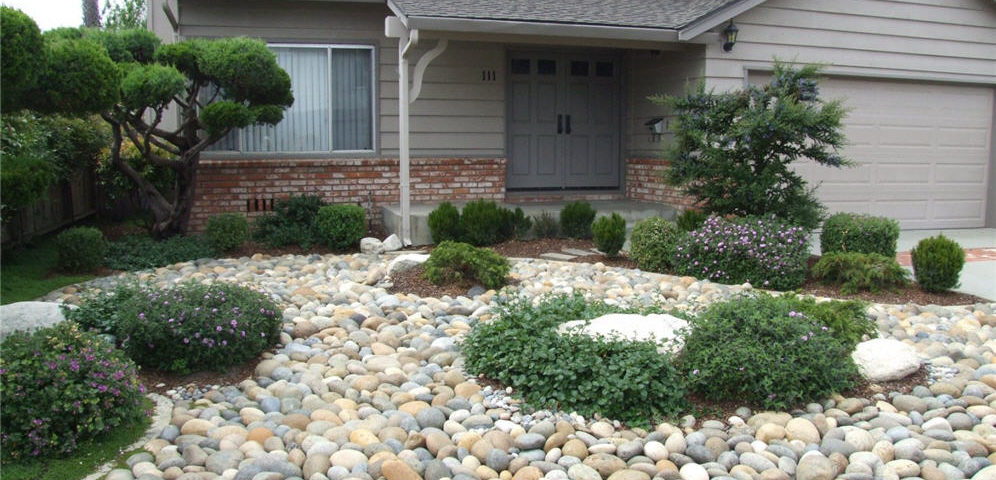 |
| Rameshwaram Marble |
Pebbles.
Pebbles are generally considered larger than granules and smaller than cobbles.
Pebbles come in various colors and textures and can have streaks, known as veins, of quartz or other
minerals. Pebbles are mostly smooth but, dependent on how frequently they come in contact with the sea, they can have marks of contact with other rocks or other pebbles.
Our collection include two type pebbles – First on the beaches of various oceans and seas, and inland where ancient seas used to cover the land. Pebbles can also form in rivers, and travel into estuaries where the smoothing continues in the sea. Second process and prepare in machines.
Beach pebbles and river pebbles (also known as river rock) are distinct in their geological formation and appearance.The vast majority of pebbles found in nature are obviously shaped by the abrasion of other like pebbles rolled with them in watercourses and on sea beaches.
Whereas artifical pebbles are shaped by being placed in a metal box with various kinds of”Particles”,and steel hexagon nuts. The box was kept in slow rotation about one of its shorter axes.
We provide cost effective solution for landscaping and decoration through our milky white & Pur White pebbles. We collect these White Pebbles from the river side and process here it in our plant. They are pure white in color and are flat. These White Pebbles give a natural look to your decorative place.
Landscaping uses for pebbles
Natural stone pebbles can be incorporated both for internal and external application. Here are just a few of the ways how external application of pebbles can help create a breath-taking and memorable landscape.
Drainage
Many homeowners have to take drainage into consideration when they design their landscapes. While rain is rare in some parts of the country, it tends to come down heavily when it does happen. This means a good landscaping plan needs to shed large volumes of water quickly. Drainage ditches are often required. Why not beautify these necessary features with a healthy coating of stone pebbles? Pebbles can be used to line larger ditches; in smaller applications an attractive French drain can be built up with different sizes of pebbles. This will provide water with a safe drainage path, without introducing any major elevation changes to your landscape.
Accent features
Because most stone pebbles are sold pre-sorted according to colour, it’s easy to have full control
over the aesthetic effects you can achieve. Create a natural look with slate-grey stones or lay down
something more distinctive, like stark white or black pebble beds. Pebbles are a great way to divide
different sections of your landscaping, and you’ll find that a very small amount of stone goes a long way towards livening up your yard.
Mulching
Laying down mulch is increasingly popular . Stone pebbles make for an excellent top layer in any long-term mulching bed. As with any mulching bed, a pebble-topped example will trap moisture and allow soil to retain its basic nutrients, such as nitrogen. Bear in mind that using black stone pebbles does tend to increase the temperature of mulching beds; stick with lighter colours around delicate plants.
Xeriscaping
If you live in an area where high water costs make traditional landscaping unfeasible, consider designing a xeriscape landscaped yard. Xeriscaping is the art of landscaping with hardy, arid plants that are drought resistant, and decorative stone (including pebbles) plays a major role in this style of yard. Paying for imported stone pebbles does increase the initial cost of such landscaping, but the minimal long-term upkeep makes it a very attractive option.
Decorative mosaics
If you’d like to indulge your artistic side, stone pebbles make the perfect raw materials for designing
your own mosaics. These can be accent pieces appearing anywhere in your garden or integral parts of a paving plan. By varying the size and colour of individual stones, you can create arresting and beautiful designs and patterns. Your imagination is the only real limit to the possibilities.
Paving
Stone pebbles make a perfect paving material. You can use pebbles alone to define a low-traffic path or use them in concert with other materials to create a more durable and attractive paving solution. Depending on the amount of traffic you’re expecting, you can use loose pebbles for paving or set them in mortar. Mortared and sealed pebbles are even suitable for use as a distinctive and unique driveway surface.


